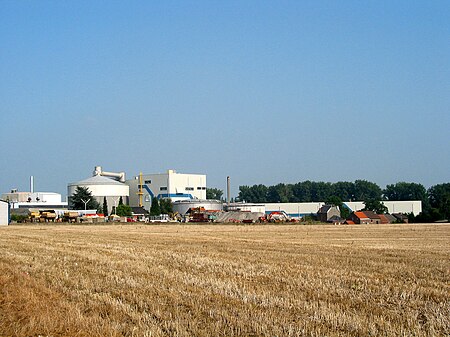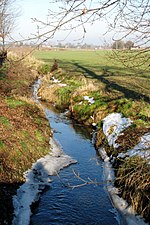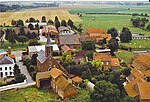Oreye
Liège geography stubsMunicipalities of Liège ProvincePages including recorded pronunciationsPages with Dutch IPAPages with French IPA

Oreye (French pronunciation: [ɔʁɛj]; Dutch: Oerle, Dutch pronunciation: [ˈuːrlə] ) is a municipality of Wallonia located in the province of Liège, Belgium. On January 1, 2018, Oreye had a total population of 3,912. The total area is 19.64 km² which gives a population density of 199 inhabitants per km². The municipality consists of the following districts: Bergilers, Grandville, Lens-sur-Geer, Oreye, and Otrange.
Excerpt from the Wikipedia article Oreye (License: CC BY-SA 3.0, Authors, Images).Oreye
Rue des Combattants,
Geographical coordinates (GPS) Address Nearby Places Show on map
Geographical coordinates (GPS)
| Latitude | Longitude |
|---|---|
| N 50.733333333333 ° | E 5.3666666666667 ° |
Address
Rue des Combattants 107
4360
Liège, Belgium
Open on Google Maps










